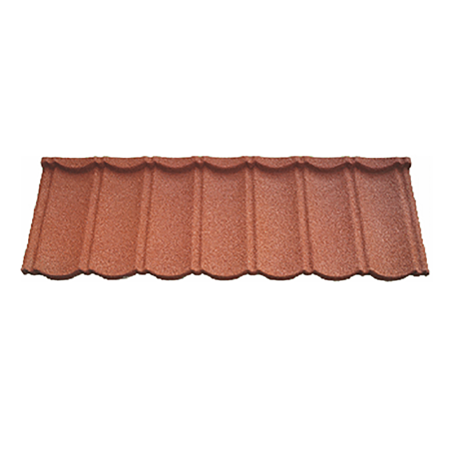
dec . 24, 2024 11:39 Back to list
patching asphalt shingles
Patching Asphalt Shingles A Comprehensive Guide
Asphalt shingles are one of the most popular roofing materials used in residential homes due to their affordability, ease of installation, and aesthetic appeal. However, like any other roofing material, they can suffer from wear and tear over time. Weather elements, fallen branches, or even age can lead to damage that requires prompt attention. Patching asphalt shingles can not only extend the life of your roof but also prevent more significant issues, such as leaks or structural damage. In this article, we will explore the process of patching asphalt shingles and provide you with tips for ensuring a successful repair.
Understanding the Types of Damage
Before embarking on a patching project, it is essential to identify the type of damage present on your asphalt shingles. Common issues include
1. Cracks and Tears These can occur due to age and weather conditions, leading to moisture infiltration. 2. Missing Shingles High winds or severe storms can tear shingles off, exposing the underlying roof to potential water damage.
3. Curling Shingles Shingles may curl due to improper installation or prolonged exposure to harsh sunlight, compromising their effectiveness.
4. Blisters These occur when air pockets form beneath the surface of the shingle, often leading to breaks if not addressed.
Gathering Materials
Once you’ve identified the damage, gather the materials necessary for the repair. Depending on the type of damage, this may include
- Replacement shingles - Roofing adhesive or sealant - Roof cement - A utility knife or shingles cutter - A pry bar - Safety gear (gloves, goggles) - A ladder
The Patching Process
patching asphalt shingles

1. Safety First Before starting work, ensure you have all safety gear in place. Use a sturdy ladder to access your roof safely. Ideally, have someone with you to assist during the repair.
2. Remove Damaged Shingles Use a pry bar to carefully remove the damaged shingle. If patching a blister, cut away the blisters cleanly using a utility knife.
3. Prepare the Area Clean the area beneath the removed shingle. Remove any debris, old roofing cement, or loose granules that could hinder the adhesion of your patch.
4. Install the Patch - For Cracks and Blisters Apply a generous amount of roof cement or sealant to both the crack/blister and the surrounding area. - For Missing Shingles Slide the new shingle into place, ensuring it fits snugly against the adjacent shingles. Apply roofing adhesive along the edges to secure it in place.
5. Seal the Edges After placing the new shingle or applying cement to a patch, seal the edges with additional roofing cement to prevent moisture from penetrating the repair.
6. Check for Proper Sealing Inspect the patched area to ensure that everything is secure. Look for any gaps or areas that may need additional sealing.
Maintaining Your Roof
Once you have successfully patched your asphalt shingles, ongoing maintenance is key to prolonging their life. Regularly inspect your roof, especially after severe weather events, for any signs of damage that might require attention. Clean your gutters to ensure proper drainage and prevent water from pooling, which can lead to more significant issues.
Conclusion
Patching asphalt shingles is a vital skill for any homeowner looking to extend the life of their roof and safeguard their property from water damage. While the process can be straightforward, attention to detail and proper technique are essential for a successful repair. By following these guidelines, you can ensure that your roof remains in optimal condition, providing you with peace of mind and protection for years to come. Whenever in doubt, consider hiring a professional roofer who can assess the situation and perform necessary repairs.
-
Small Clay Roof Tiles for Durable & Stylish Roofing Red & Custom Options Available
NewsJun.24,2025
-
Lifetime Roof Shingles – Durable Roofing Solutions for Decades
NewsJun.10,2025
-
Top Roofing Shingles Types Compare Different Types of Architectural Roofing Shingles for Your Home
NewsJun.10,2025
-
Affordable Asphalt Shingle Roll Durable & Easy Flat Roof Solution
NewsJun.09,2025
-
Metal Asphalt Look Roofing Durable Shingle-Style Options
NewsJun.09,2025
-
Premium Clay Valley Roof Tiles Durable & Eco-Friendly
NewsJun.09,2025







